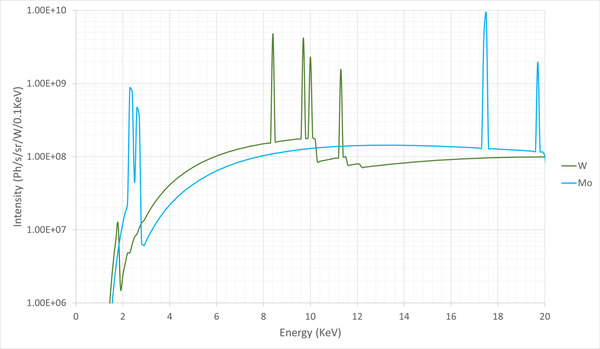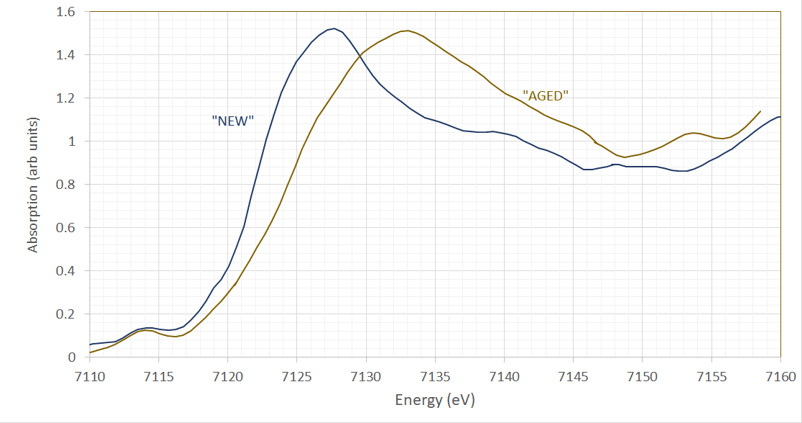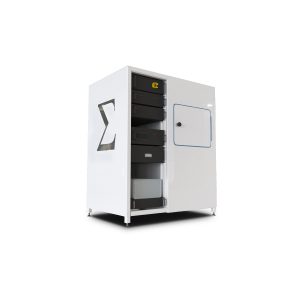The SIGRAY QuantumLeap-V210 is an advanced X-ray Absorption Spectroscopy (XAS) system designed to deliver exceptional performance. With its high resolution and sensitivity, this system provides detailed elemental and chemical state analysis.
The QuantumLeap-V210 offers synchrotron-like performance in a laboratory setting, making it an invaluable tool for researchers. Additionally, it supports both fluorescence and transmission modes, covering a broad energy range for comprehensive analysis. Whether for life sciences, environmental studies, or materials science, the SIGRAY QuantumLeap-V210 ensures precise and reliable results.
Features of SIGRAY QuantumLeap-V210
Only laboratory XAS system with synchrotron-like performance
XANES at 0.7eV and EXAFS within seconds or minutes
2.1keV to 10keV, enabling low atomic number element analysis
Down to 2.1 keV for phosphorus and sulfur analysis within the vacuum enclosure
MicroXAS at 100 micron spot size
Motorized stage enables XAS mapping at 100 µm over a sample for microXANES and microEXAFS

Patented QuantumLeap-V210 Acquisition Scheme for Precise XAS Spectrum Imaging
Patented QuantumLeap-V210 acquisition scheme. A focusing X-ray optic directs X-rays onto the sample. A downstream crystal separates the transmitted X-rays by wavelengths into different positions on the spatially resolving detector. The resulting “image” by the detector is the XAS spectrum.

Intuitive Workflow and Real-Time Spectrum Display with QuantumLeap Software
QuantumLeap software follows an intuitive workflow in which the element of interest is selected and suggested settings are loaded. Options such as exposure times and number of images are then input. The acquired spectrum is displayed in real time during collection.

Achieving a Smooth Spectrum for XAS with Mo and W Target Materials in QuantumLeap-V210
Mo (blue) has characteristic X-ray lines around 2 to 3 keV and 17.4 keV, while W (green) has characteristic energies in the 7 to 12 keV range. By selecting target materials, characteristic lines can be avoided so that a smooth spectrum of energies is acquired for a full range between 4.5 to 25 keV.
Application
- Catalysts
- Batteries and Fuel Cells
- Nanoparticles and Nanotubes










